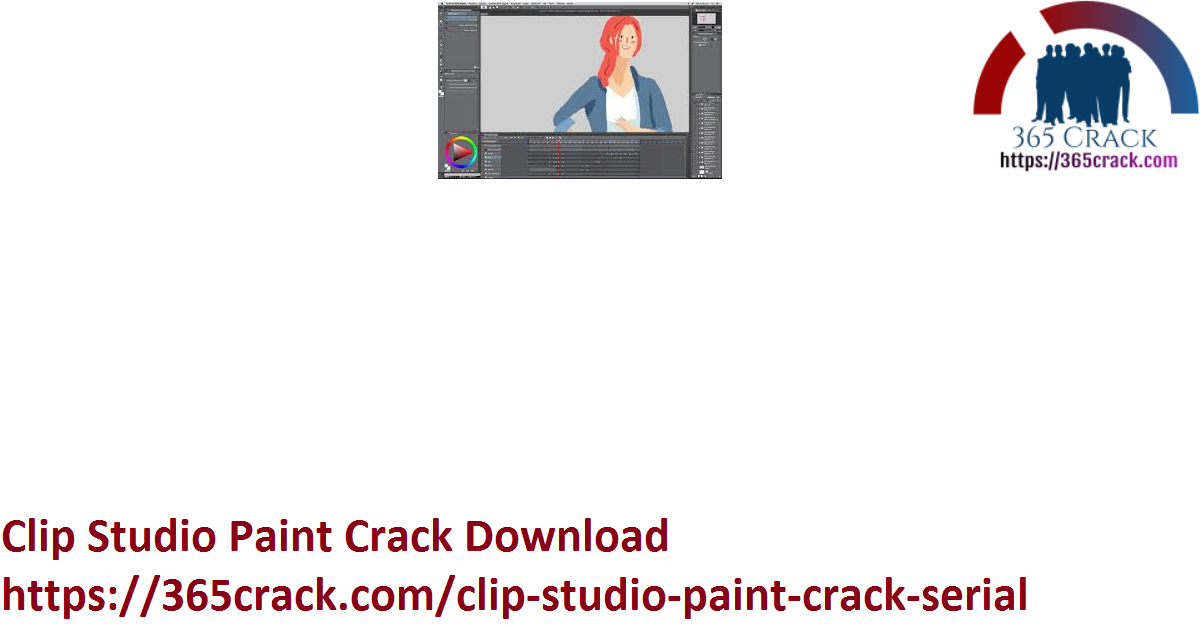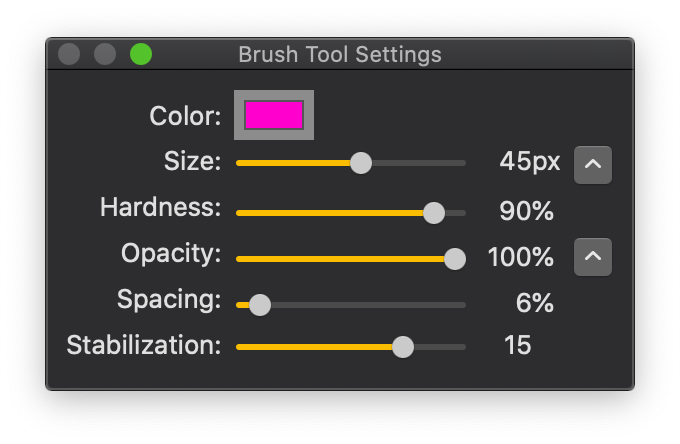

Depending on the footage, some stabilizing tools will work better than others.This article will be broader, covering several other host applications. In my book, Plug-in to After Effects: Third Party Plug-in Mastery, I did a big section in Chapter 13, I go into detail on stabilization and the tools in After Effects. When customers contact me about stabilizing footage, 99% of the time it is footage that was shot on a camera phone or low-end camera and handheld.

Most of the footage that I have that needs stabilization was shot handheld and without much planning, so I didn’t have professional equipment around. Others were shot on iPad, some on Canon 7D and some with other cameras. Not only that, a tripod would not be all that helpful with the movement of the water. I wasn’t about to take a nice camera out on the river, especially since it was my first time kayaking. The footage used in some examples in this article were shot on my iPhone 4 in a kayak and it’s all hand-held. Motion stabilization is used to smooth footage and remove camera shake. Unless you have the ability to stand perfectly still, you will likely need to stabilize the footage in post-production. Maybe you’re shooting in an amusement park, botanical gardens, or a concert and tripods are not allowed in. Sometimes using a tripod is not an option and you’re forced to shoot hand-held. CHV MotionTracker-collection (FxScript).

Boris Continuum Complete BCC Optical Stabilizer.
Stabilizer clip studio paint pro#


 0 kommentar(er)
0 kommentar(er)
